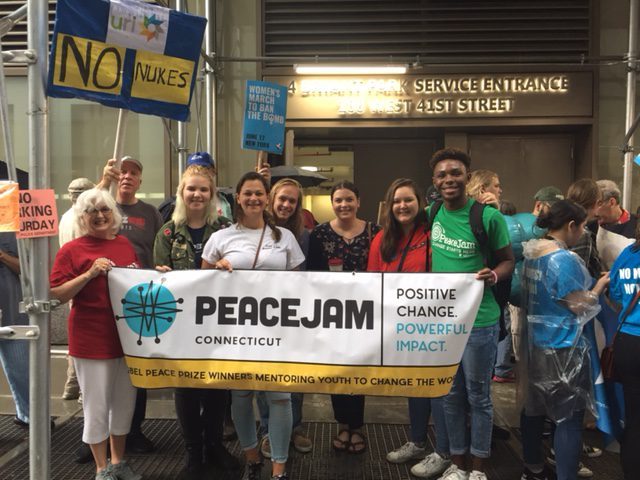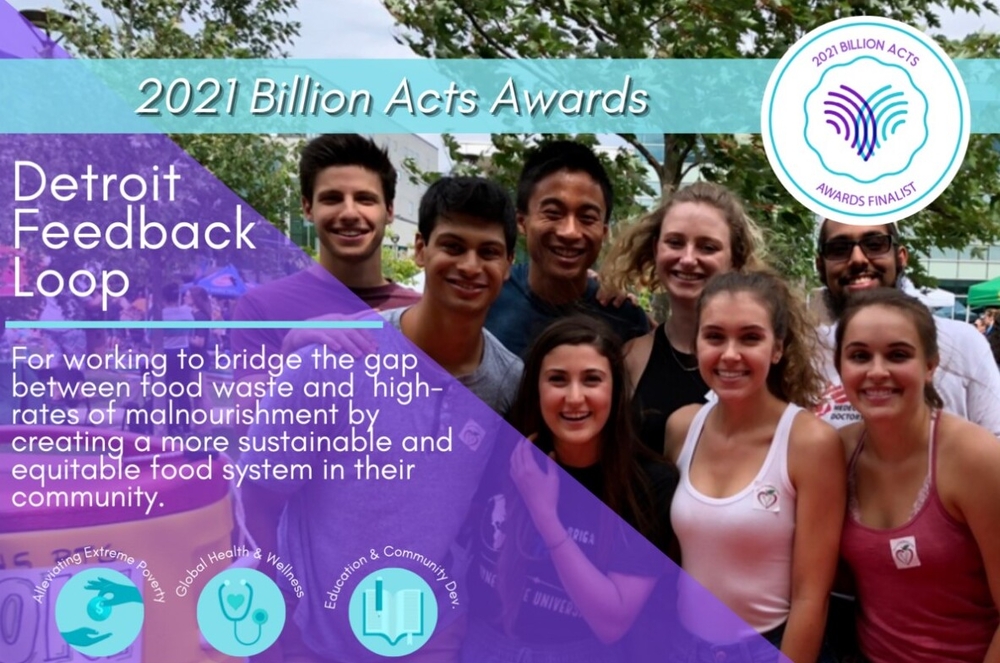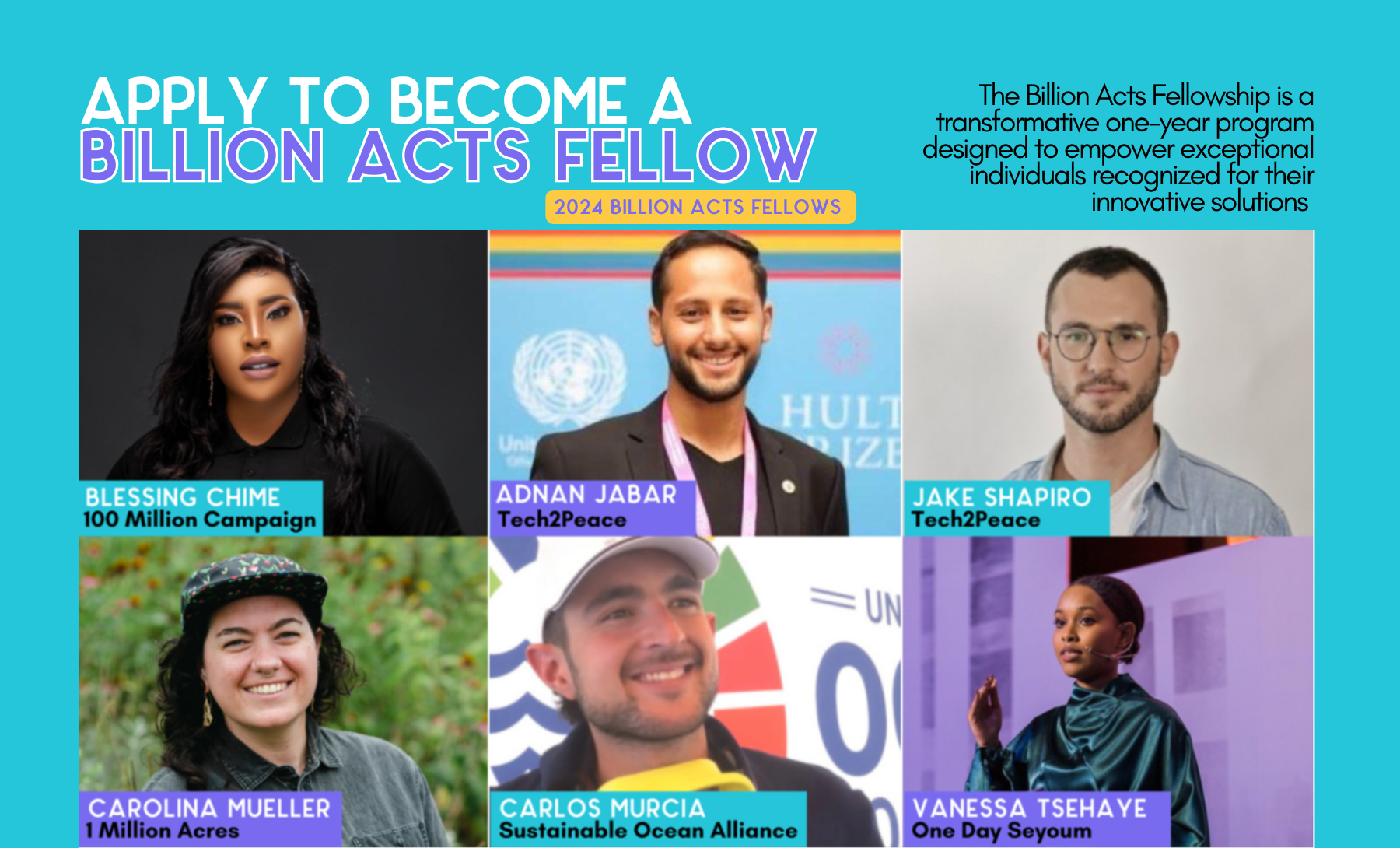World Without Landmines
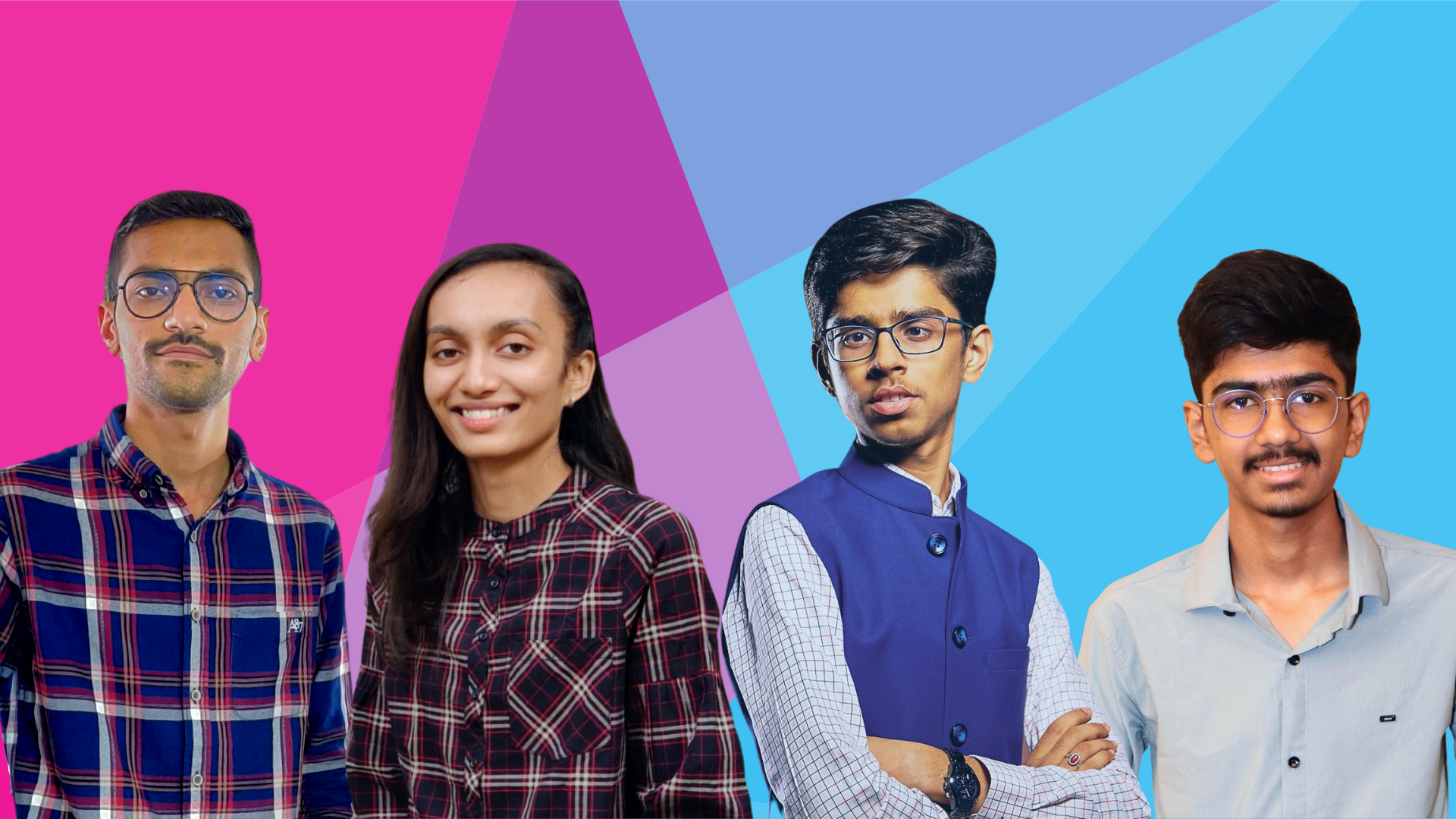
Harshwardhansinh Zala is led by many things: his passion for technology, his goal of impacting millions of lives, his desire to make the world safer. But when it comes to the tangible steps of reaching his goals, he is led by questions.
Harsh knows how to ask the right questions. To him they’re not a barrier, they’re a map. By the time he was twelve he had already completed 42 technological projects just out of his own love for designing and building. It was at that age that he saw a video of soldiers being injured and killed in a failed attempt to disarm a landmine. His immediate reaction was to ask, “What are those explosives? Why do they explode? Why do they kill so many people?”
These questions directed his research and set him on a path that would lead him to founding Aerobotics7, his own technology company dedicated to using innovation to create a safer world. The next question for Harsh was: What technology could he use to build the device to disarm the landmine? He was already very familiar with technology from aerodynamics to IoT (the Internet of Things), and from avionics to AI. He was self-taught through the internet, reading books, and trying and experimenting. Now he had the opportunity to test his knowledge in real life.
He knew the robot he was building wouldn’t work because it was a ground vehicle that would risk triggering a landmine. By that time he had already built two drones. He envisioned using drone technology to not only disarm metal landmines, but also plastic ones which are much more difficult to detect and therefore more dangerous.
Harsh had the design ready to be built by the time he approached other companies to ask for support on the project. “They told me, ‘you are still a kid, you should go get your PhD then come back. This seems very impossible, you can’t detect a landmine with a drone, you can’t solve this big of a problem that many people are trying [to solve],’” Harsh recalls.
Far from letting this slow down his momentum, Harsh reflects that it helped him realize, “I am the only one who can help myself build this project,” and thus Aerobotics7 was born. He was the only employee at the time, but went on to build his team, eventually hiring some of the Bachelor and PhD engineering students that he was mentoring and training.
With an entire company under his leadership and detailed plans for the landmine-disarming technology that he had designed and developed, companies now started to take him seriously. People from larger companies joined his board as advisors and he began working with the Indian army and other armed forces.
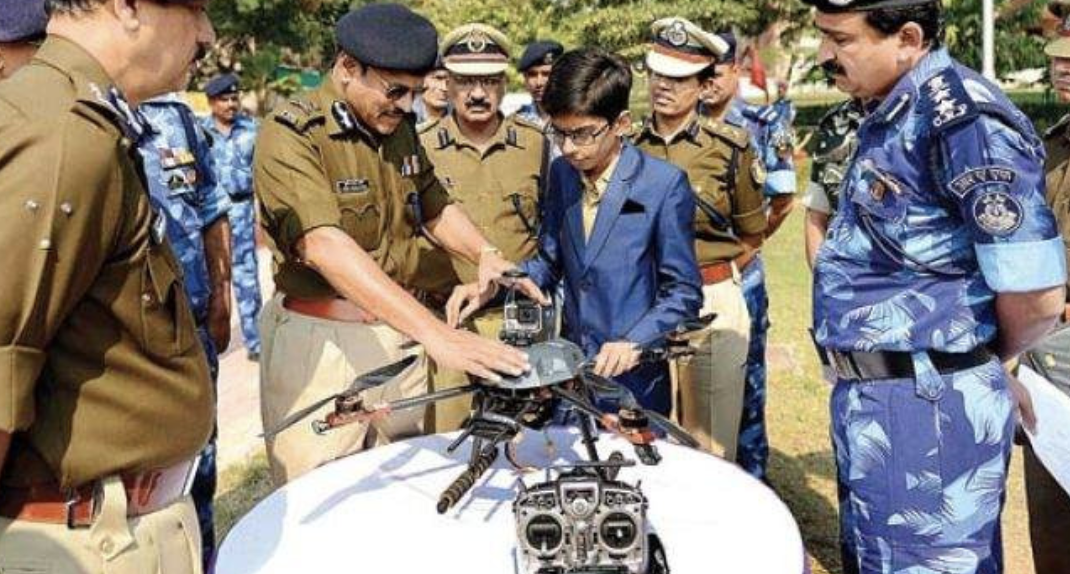
As he got deeper into the process, the questions became more complex and encompassed intersectional perspectives: “Why don’t we clear those landmines using very cutting edge technologies and reimagine the world by using that land for regenerative agriculture for saving our planet from environmental climate change?”
This is the kind of question that Harsh, now 18, is currently working to address as he kicks off his campaign, World Without Landmines. The goal is to eradicate landmines from the world by 2025. Beyond that, there are endless possibilities for positive uses of the newly-safe land, and for Harsh’s groundbreaking technology. “I have a vision to see a world without landmines. That’s my long term goal,” Harsh explains, “But for the short term, I want to see a safer world where we can use technologies for good rather than using these technologies for bad things.” Whether it’s AI, drones, machines, or robotic warfare operations, Harsh always has a vision for ways to harness the power of technology in a way that benefits humanity.
Harsh has an incredible team at Aerobotics7. The team comprises of youth who are engineers and changemakers just like him. Urvashi Kikani, who serves as a Chief R&D officer with a background as an Aeronautical Engineer, Pranav Gondaliya, who leads research, campaign & marketing, and Jaydeep Rana, who is Head of IT/ES at Aerobotics7 and a few others. The team has been working for more than three years at Aerobotics7 with their core focus on building and improving "EAGLE A7" to increase its accuracy and to cover more Landmine types & terrains.
“I’ve been working on this technology with Harshwardhan, while I was doing my bachelor, our passion to work on this tech was the big purpose he had. Each year, thousands of people around the world become victims of landmines, many of them children. Over time, hundreds of thousands have died or been left severely disabled. Our WWL Mission Objective is to use our cutting-edge tech to remove the landmines across the globe, reclaim the land and regenerate the green world.”, said Urvashi Kikani.
“Harshwardhan has been developing this tech since 2015 when I was his schoolmate, his mission was to solve this global problem but, wanted to take the first step by himself, today I feel proud that we are on this journey with him to solve this big issue”, said Pranav Gondaliya.
“Peacejam Foundation is our proud partner for WWL Campaign, The World Without Landmines campaign is kicking off to reach the goal of worldwide landmine eradication with the help of youth ambassadors, international partners at the United Nations and many fellow organizations,” said Jaydeep Rana.
But being 18 years old, running a company, and working on an engineering degree (which he calls his “side hustle”) can be overwhelming. Harsh describes how he is able to stay focused and motivated: “The main thing that keeps me working on this project is the problem itself. When I see this big of a problem that many people are facing around the world, that’s something which keeps me continuously working on this project. I had many failures, I was disappointed many times, I was bullied, I was discouraged, there were many things I’ve gone through on this journey of four or five years ’til today. But every time I’d just fall or feel bad I was just looking at the problem and I was thinking and saying to myself that they are facing a lot bigger problem than me, than what I’m facing right now, so it’s better that whatever knowledge I have, whatever resources I can find, I have to complete it and I have to serve it for their good.”
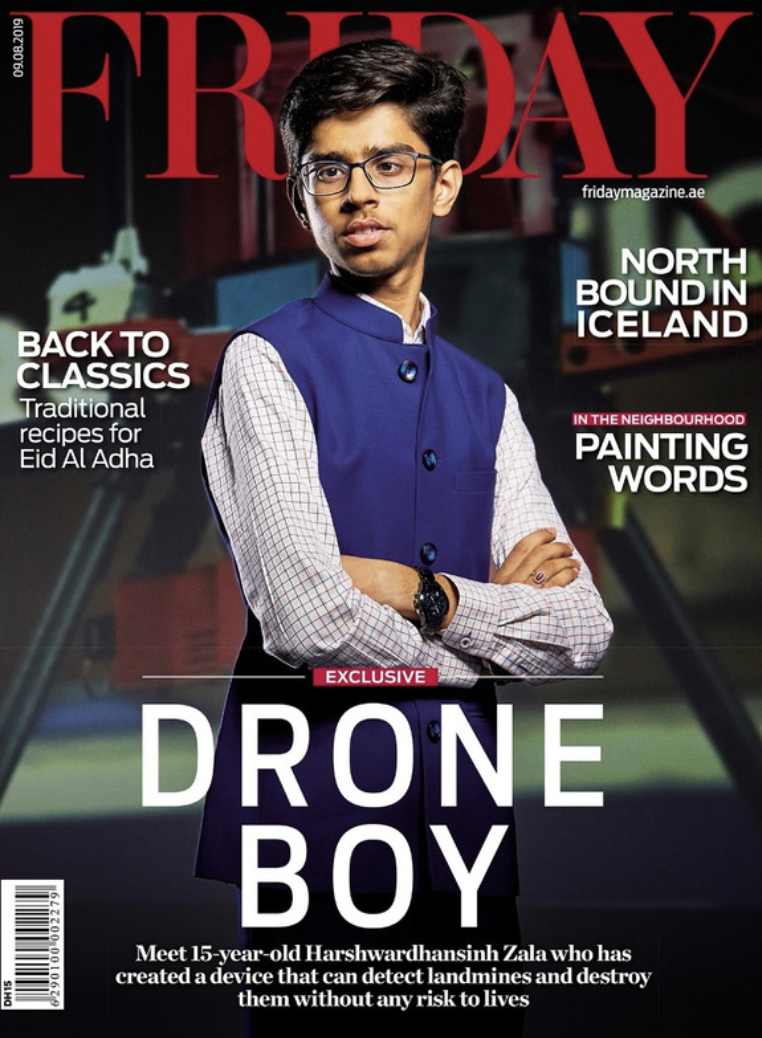
Harsh also gives valuable advice for people with big goals who are not sure where to start, or are intimidated by the scope of the problems they’re facing: “The first thing you have to consider is if you have that passion and determination to reach your goal, whether it’s so big that you cannot even imagine, or any others cannot even imagine that. If you have that passion and determination to work ahead to this goal which keeps you up in the night, [then you] definitely should pursue and you don’t have to listen to anyone who is discouraging you or dis-motivating you.”
Harsh and his team have successfully created a drone that can detect and disarm both metal and plastic landmines. Now the most important question is: What’s next?

